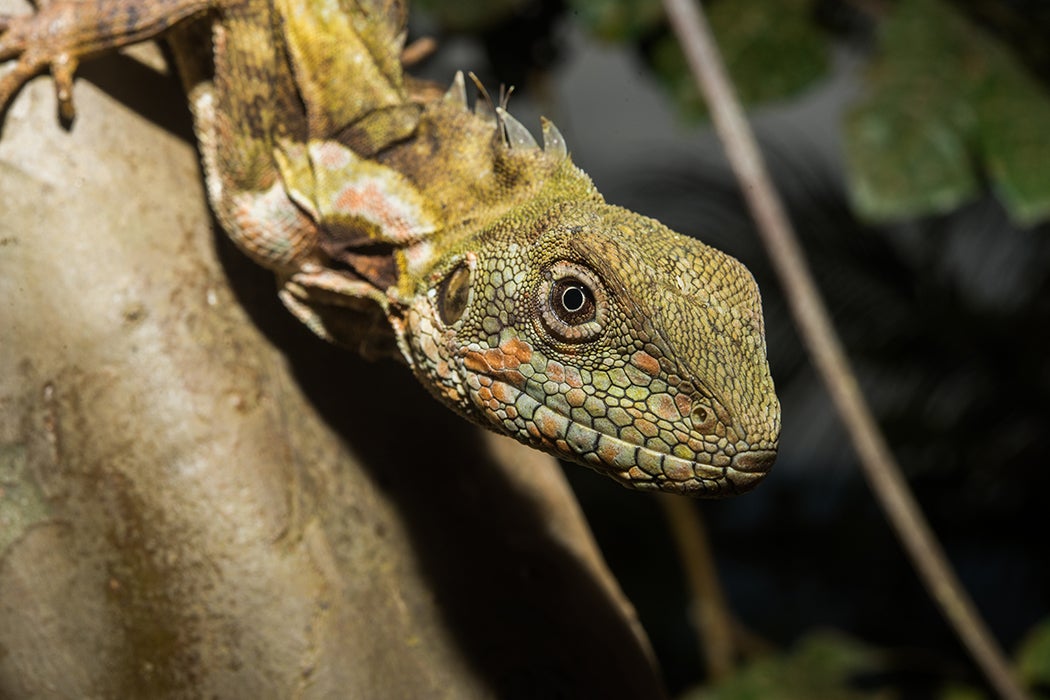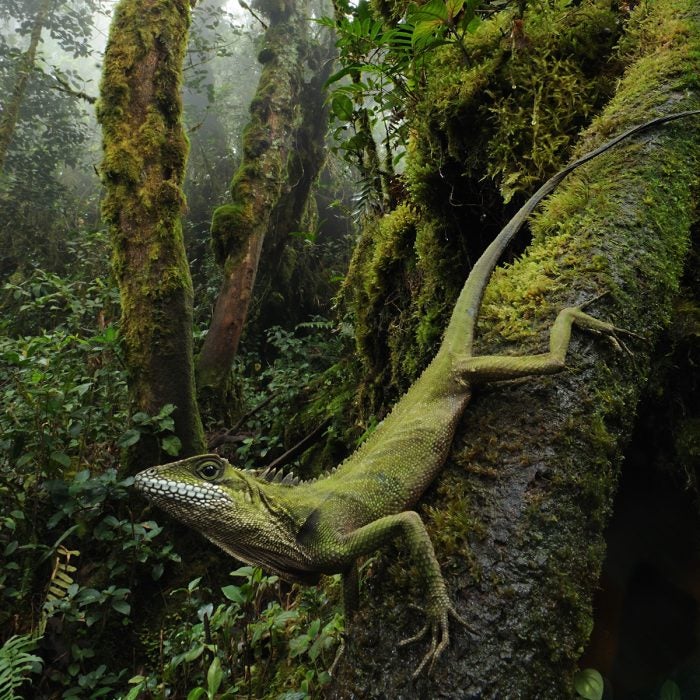One-third of all land vertebrates are reptiles, but that group of animals, which totals over 10,000 species, is underrepresented in conservation efforts and areas around the world, finds the new study by a joint team of researchers at the University of Oxford and Tel Aviv University. The study came out just in time for the United States’ National Reptile Awareness Day, which falls on October 21.
In order to best protect wildlife, it’s important to know where species live, so the right actions can be taken and the available funding can be allocated in the right places. This information is maintained by the World Database on Protected Areas (WDPA), the most comprehensive global database of terrestrial and marine protected areas, which serve as “core units” for in situ conservation. WDPA records the numerical and spatial attributes of over 100,000 sites worldwide, covering more than 12 percent of the Earth’s land area. WDPA gathers its information based on what different states, nations, or regional authorities note as designated protected areas—but as the study found, reptiles were underrepresented in WDPA’s records.
“Part of our analysis was to see how WDPA’s data covers current ranges of reptiles compared to how they cover mammals, birds, and amphibians,” said the study’s lead author, Uri Roll, now at the Ben-Gurion University of the Negev. It turned out that reptiles were often neglected in today’s conservation efforts—likely for a couple of reasons.
Reptile images by University of Oxford and Tel Aviv University researchers
One reason is that humans naturally pay more attention to birds and mammals. The second reason is that many reptiles live in hot and dry areas, often far from places humans like to inhabit. Additionally, many conservation efforts tend to focus on European and North American locales, as well as species-rich parts of the planet such as the Amazon and Southeast Asia, Roll said. “The deserts and drylands are less of a focus of conservations,” he explained.
Despite their relative obscurity, reptiles are vital to their habitats. In some ecosystems they represent top predators that keep other populations in check. In others, they occupy an important source of food for mammals and birds of prey. For example, snake eagles spend summers in Israel, but when snakes go dormant for winter, the birds migrate south, to Africa, Roll said. If the snakes were to disappear in either habitat, the eagle population would suffer, too. As all ecosystems’ players are highly interdependent, scientists need to maintain up-to-date info on all species for conservation efforts.
As Roll and his collaborators began working together on the project, they realized that while distribution maps for birds and mammals were available, the analogous maps for reptile habitats didn’t exist for large parts of the world, including most of the crucial regions in tropical South America, Africa, and Southern Asia. The team formed Global Assessment of Reptile Distributions working group, or GARD, which began mapping the habitats, and also reached out to a vast network of colleagues, who helped digitize maps from existing sources. During the project, team members discovered over 100 new reptile species that weren’t known to science before.

At the end, the team produced a catalog and an atlas of world reptiles and linked it with the existing maps for birds, mammals, and amphibians, allowing scientists to look at the terrestrial Earth in its entirety for the first time, said Richard Grenyer, Oxford University’s associate professor of biodiversity and biogeography. This work completes the world map of 31,000 species of humanity’s closest relatives, including around 5,000 mammals, 10,000 birds, and 6,000 frogs and salamanders. Shai Meiri, a zoology professor at Tel Aviv University, who first planned the project more than 10 years ago, added that mapping the distributions of all reptiles was considered too difficult to tackle. “But thanks to a team of experts on the lizards and snakes of some of the most poorly known regions of the world, we managed to achieve this,” he said, “and hopefully contribute to the conservation of these often elusive vertebrates.”
















